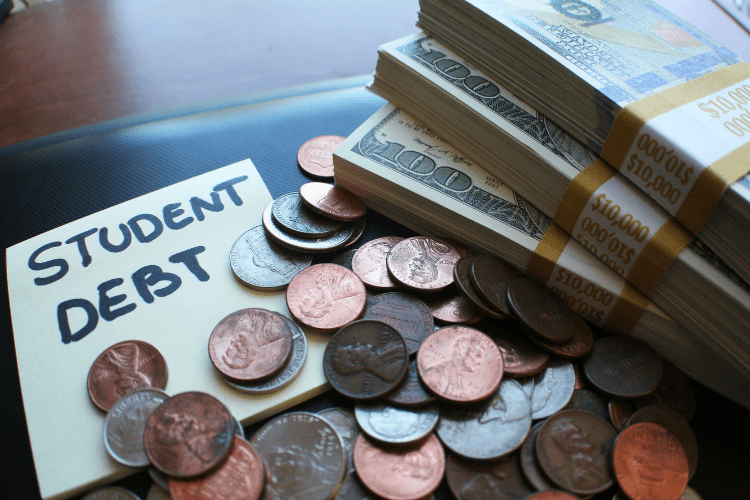Your Student Loan May Drop To $0 With Biden’s Revised Payment Plan

If you’re like millions of student loan borrowers nationwide, you’re probably wondering what’s going to happen after our payments resume this June.
Thankfully, significant changes have occurred, and your monthly payments are about to become much more affordable.
Our guide will walk you through the new updates and what you can expect with student loans this year. Let’s get started!
What’s Happening With Student Loan Forgiveness?
President Biden’s loan forgiveness application was initially launched on October 17th, and over 40 million borrowers were eligible to qualify for some sort of loan forgiveness. This program was primarily aimed at those in the middle- to lower-income brackets.
But everything changed when federal courts blocked the plan, declaring it unlawful. The Supreme Court is currently taking on the case and will come to a final decision later this year.
Until then, student loan payments are paused until June or 60 days after the court’s final ruling, whichever comes first.
How Will President Biden’s REPAYE Plan Revision Work?
Even if one-time loan forgiveness is still under debate, President Biden has other initiatives to help borrowers better manage their debt, such as an overhaul to the Revised Pay As You Earn, also known as REPAYE.
REPAYE is an income-driven repayment plan that caps borrowers’ payments at 10% of their discretionary income. Depending on your loan, your debt can be forgiven in 20 or 25 years.
President Biden intends to revise this plan by reducing the maximum income cap to 5% of your discretionary income on any undergraduate loans. Your loans would also be forgiven after 10 years if you took out less than $12,000.
Biden’s plan would also increase the income protection for repayment from 150% to 225% above the poverty. This means a single borrower making less than $30,500 would be exempt from making any repayments.
According to details released by the Department of Education on January 10, borrowers’ average monthly payments would go down by at least 50% when the changes finally happen.
Who Qualifies For The New Repayment Plan?
Anyone who borrowed federal student loans at the graduate or undergraduate level is eligible for this repayment program. If you’re already enrolled, the system will automatically transition you to the new repayment plan once it goes into effect.
Additionally, anyone who hasn’t paid their loans in over 75 days will automatically be enrolled in this payment plan for the lowest amount.
Will Interest Rates Continue To Rise?
One of the biggest challenges for student loan borrowers was the rising interest rates, making it harder to pay them off. On average, a federal student loan can range from 4-7%.
However, the new revisions will be a sigh of relief for many. As long as you keep paying your loan, your interest rates won’t increase, even for lower-income borrowers who don’t need to make payments.
When Will Borrowers See These Changes?
While there hasn’t been any definitive date, higher education expert Mark Kantrowitz claims it will be available next July. In the meantime, borrowers should enroll in one of the available repayment plans before the student loan freeze ends later this year.
The Bottom Line
The Biden administration’s path toward student loan relief hasn’t been easy. Student loan forgiveness has been controversial, so only time will tell which provisions will become official.
But based on the recent news, many borrowers can at least expect more affordable payments in no time.
Make sure to visit the Federal Student Aid website to find a payment plan that fits your needs while you wait for new updates!
Read More:










